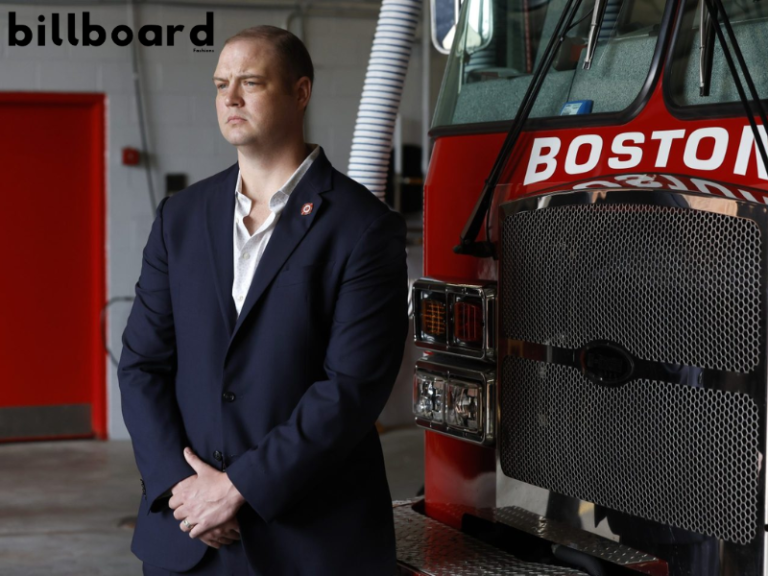In a shocking turn of events, a 30-year-old firefighter recently discovered he had a large tumor, only to later uncover alarming information about the toxic chemicals present in his work gear. This revelation has not only sent shockwaves through his life but also raised critical questions about the health risks faced by firefighters and the need for greater awareness regarding occupational hazards.
The Diagnosis That Changed Everything
For many, the life of a firefighter is synonymous with bravery and selflessness. However, for one young firefighter, the reality of his profession took a harrowing turn when he received a diagnosis that would change his life forever. After experiencing persistent health issues, he sought medical attention, leading to the discovery of a large tumor. The news was devastating, not just for him but for his family and colleagues who had always viewed him as a pillar of strength.The diagnosis came at a time when he was already grappling with the physical demands of his job. Firefighting is often associated with physical fitness and resilience; however, this experience has highlighted the hidden dangers that lurk beneath the surface of such a noble profession.
The Alarming Discovery of Toxic Chemicals
As if the diagnosis itself wasn’t enough, the firefighter’s journey took another unexpected turn when he learned about the toxic chemicals present in his firefighting gear. Investigations into the materials used in modern firefighting equipment have revealed alarming levels of harmful substances, including per- and polyfluoroalkyl substances (PFAS), known as “forever chemicals.” These substances have been linked to various health issues, including cancer.Research indicates that firefighters are at an increased risk for several types of cancer due to their exposure to hazardous materials during their careers. According to studies conducted by organizations such as the International Association of Fire Fighters (IAFF), cancer has now surpassed heart disease as the leading cause of death among firefighters. This statistic underscores the urgent need for improved safety measures and awareness regarding occupational health risks.
The Science Behind Cancer Risks
The link between firefighting and cancer has been well-documented in numerous studies. The International Agency for Research on Cancer (IARC) has classified occupational exposure as a firefighter as “carcinogenic to humans” based on sufficient evidence for cancers such as mesothelioma and bladder cancer. Additionally, limited evidence suggests increased risks for other cancers, including colon, prostate, and testicular cancers.Firefighters are exposed to a wide range of carcinogenic chemicals when battling blazes, including those found in smoke and soot. Furthermore, the gear designed to protect them may inadvertently expose them to harmful substances over time. This dual exposure raises serious concerns about long-term health implications for those in the profession.
A Call to Action: Advocating for Change
The experiences of this young firefighter serve as a powerful reminder of the need for systemic change within the firefighting community. Advocacy groups are calling for increased awareness around cancer risks and improved safety protocols regarding gear and equipment.Fire departments across the country are beginning to implement new standards aimed at reducing exposure to toxic substances. This includes providing better training on decontamination procedures after responding to fires and investing in safer materials for firefighting gear.Moreover, there is a growing emphasis on mental health support for firefighters dealing with traumatic experiences related to their work. The psychological toll of facing life-threatening situations daily can be significant, making it essential to address both physical and mental health needs within this community.
Conclusion: A Journey Towards Healing
As this young firefighter navigates his diagnosis and comes to terms with the potential impact of toxic exposures on his health, his story resonates deeply within the firefighting community and beyond. It serves as a stark reminder that while firefighters are often viewed as invincible heroes, they too face vulnerabilities that require attention and action. The journey ahead may be challenging, but it also presents an opportunity for change—an opportunity to advocate for better safety measures, raise awareness about occupational hazards, and support those who put their lives on the line every day. As we reflect on this firefighter’s experience, let us honor his courage by pushing for reforms that protect not only those who fight fires but also their families and communities. It is time we recognize that behind every uniform is a human being deserving of safety, health, and support in their battle against both visible flames and invisible threats.

